Welcome to the second part of my series on the 5 Stages of Literacy Development. Last week, we explored emergent readers and spellers. Today, we’re tackling alphabetic readers and spellers, which is stage 2.
Sometimes readers and spellers in this stage are called beginning readers or partial alphabetic spellers. These are children typically 5-7 years old, although older or younger children may fit this stage as well. This is the stage when knowledge of letters and letter sounds begins to take off. They learn to use them in their understanding of phonics for reading and spelling.
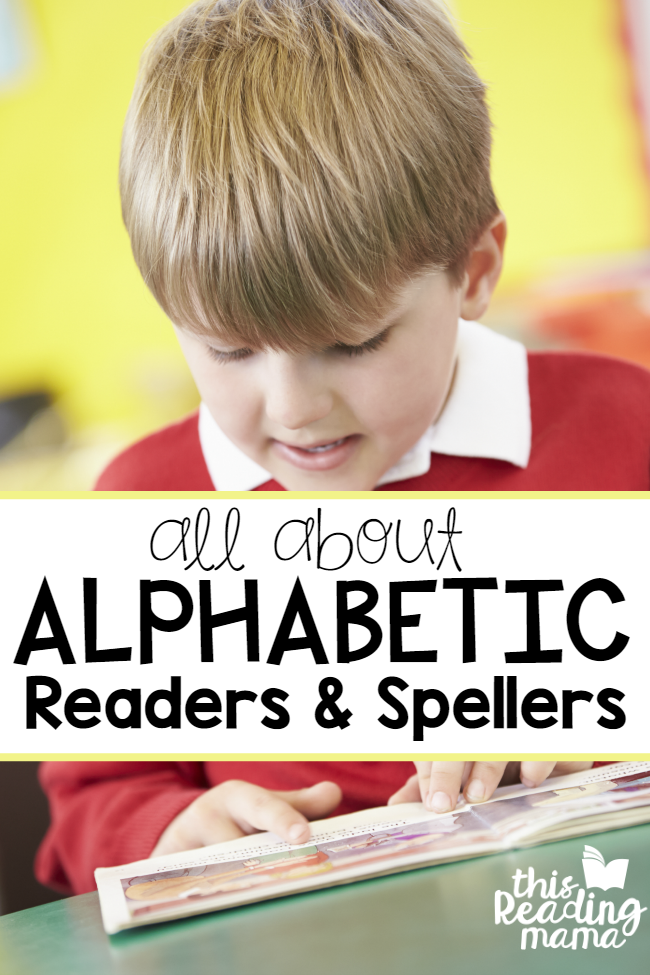
*This post contains affiliate links.
All About Alphabetic Readers and Spellers
Listed in this post are some reading and spelling behaviors you might notice of a child in the alphabetic stage of literacy learning. Please be reminded that the “checklists” aren’t meant to restrict you or your child/student. They are merely a tool to help us become more observant in regards to what our kids know or don’t know yet. This is such valuable information to help guide our teaching.
Many of these characteristics were gathered from Words Their Way, a spelling program rooted in the developmental needs of kids. Words their Way calls kids in this stage Letter-Name Alphabetic Spellers.
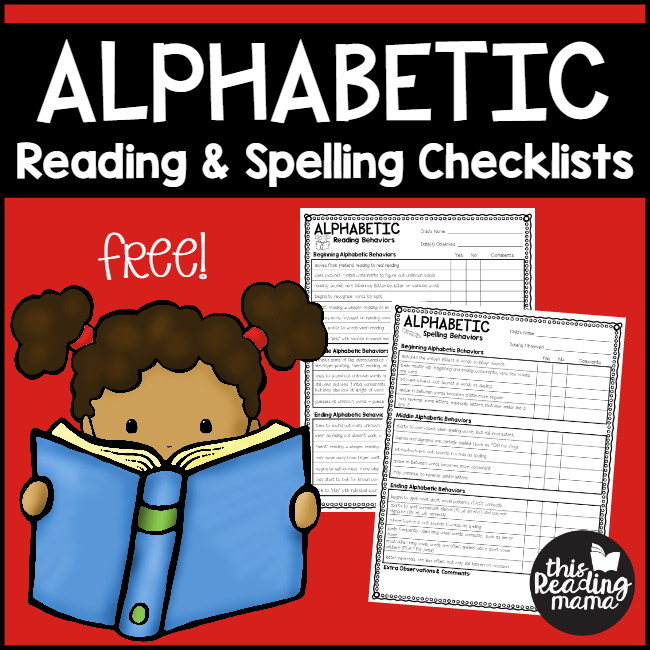
You can also download this printable list HERE.
Alphabetic Reading Behaviors
At the Beginning:
- move from pretend reading to real reading
- may say, “I can’t read” as they realize they do not know all the words in a book
- use mostly pictures and initial consonants to help them figure out unknown words (context clues)
- may guess at unknown words, even if it doesn’t make sense
- reading of texts sounds very laborious (word-by-word)
- begin to recognize words by sight
- “silent” reading=whisper reading as they vocalize words
- comprehension may be difficult from the first reading of a text, as readers are very focused on reading the words correctly
- finger points to words when reading
- rhyming becomes more consistent and readers are able to “play” with sounds in words better
In the Middle:
- begin to try and sound out unknown words
- rely on pictures, initial consonants, and length of words to help them figure out unknown words (context clues)
- “silent” reading=whisper reading as they vocalize words
- reading out loud is still word-by-word
- still may guess at unknown words, but begins to realize that their guesses need to make sense
- comprehension may be difficult from the first reading of a text, as readers are very focused on reading the words correctly
- finger point to words when reading
At the End:
- try to sound out many unknown words
- when sounding out doesn’t work, context clues are used to help with unknown words
- “silent” reading=whisper reading as they vocalize words
- will still finger point from time to time, but may start to move away from it
- develop more of an awareness that text should make sense; begins to self-correct more when an error is made
- may start to look for known words within other words (chunking)
Resources for Beginning Readers
Reading the Alphabet – great for readers who have just learned their letters and sounds, and are ready for a slower moving pace when learning to read
Learn to Read– a reading program built on the short vowel word families and sight words
BOB Books– In the middle alphabet readers are ready for set 1 of the BOB Books. You can find TONS of FREE BOB Books printables plus lesson plans and outlines for them, too!
Alphabetic Spelling Behaviors
At the Beginning:
- match the written letters in words to letter sounds more consistently
- spell words with consonants, very few vowels are used
- spell mostly with the beginning and ending sounds, as they are easiest to hear and feel in the mouth; (wall spelled WL and heart spelled HT)
- say words slowly s-t-r-e-t-c-h-i-n-g out the sounds as they write
- space in between words becomes even more regular, but can still be lacking at times
- may reverse some letters
In the Middle:
- sometimes add vowels in the middle of words, so bell may be spelled BAL and boat may be BOT (long vowels are easiest to hear)
- blends and digraphs are spelled partially (frog as FOG)
- say words slowly s-t-r-e-t-c-h-i-n-g out the sounds as they write
- space in between words is more consistent
At the End:
- begin to spell most short-vowel patterns (CVC) correctly
- start to spell consonant blends (fr, gl, sn, etc.) and digraphs (th, sh, ch) correctly
- spell frequently used long vowel words correctly, such as like or name
- still stretch out individual sounds in words to write them
- most other long vowel words are spelled with short vowel patterns (PLAT for plate)
- letter reversals are less often, but may still happen on occasion
Resources for Beginning Spellers
- Short Vowel Word Study
Trace It, Try It Handwriting App, Alphabet Sounds App & Short Vowel Word Study App – all three apps are filled with activities to build the skills of spellers and writers in the alphabetic stage.
Short Vowel Games – LOW PREP games to work on short vowel sounds and spellings
Simple Writing Lessons for Primary Grades – 12 weeks of writing lessons for kids in this stage
~Becky
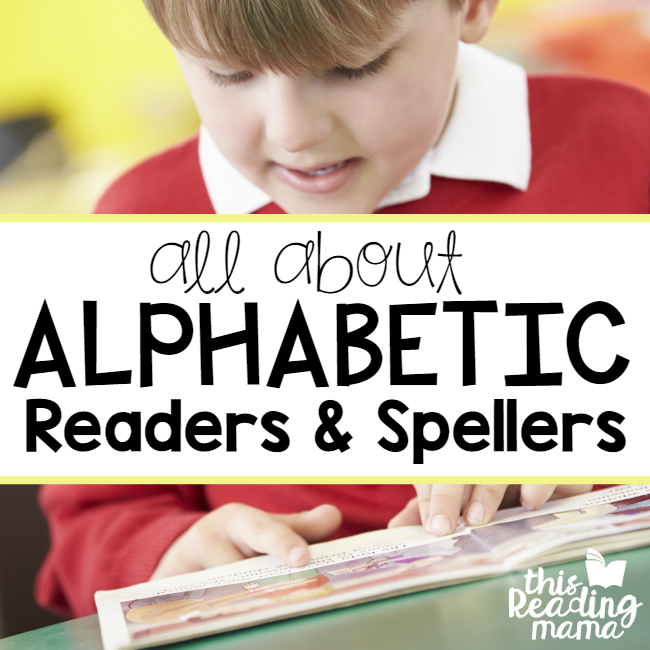
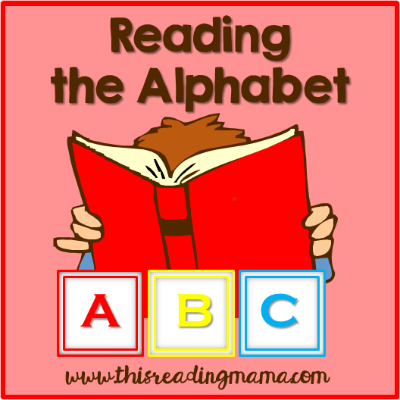
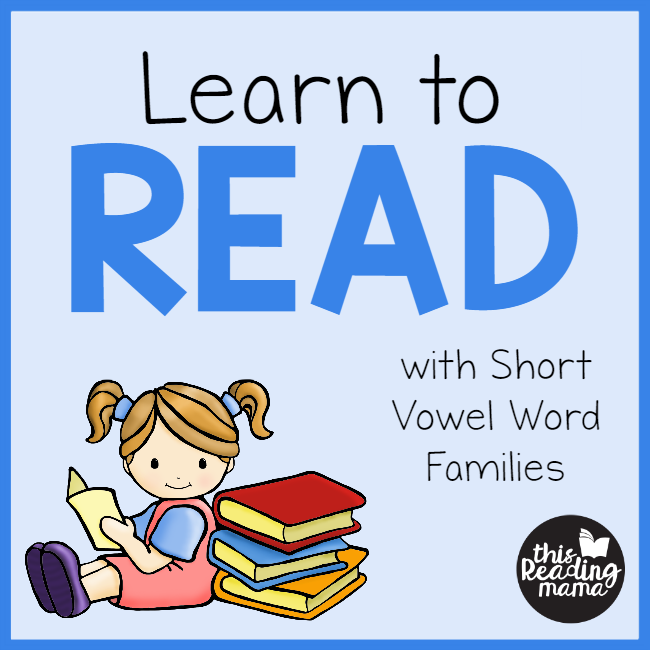
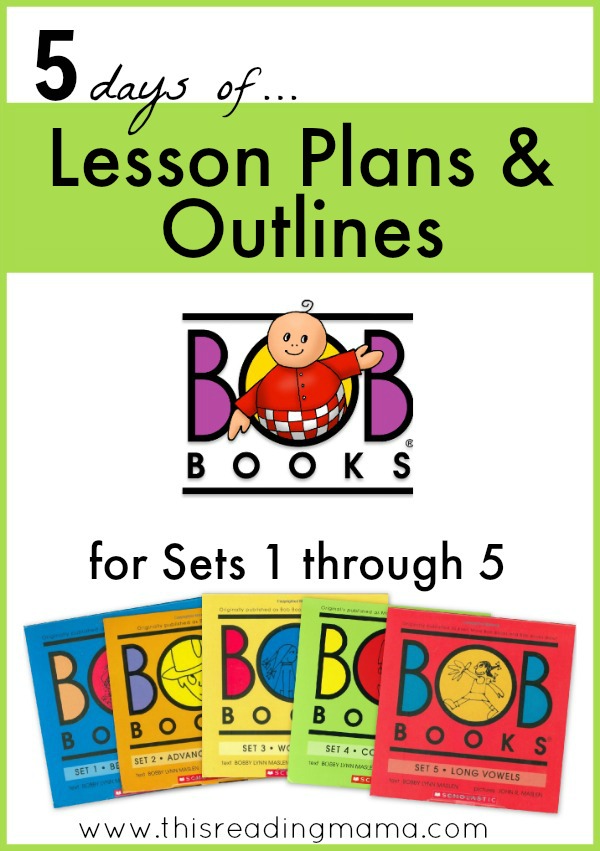
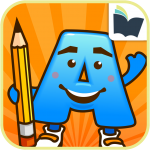
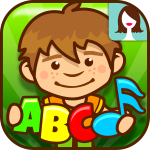
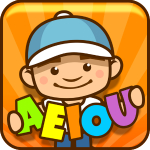
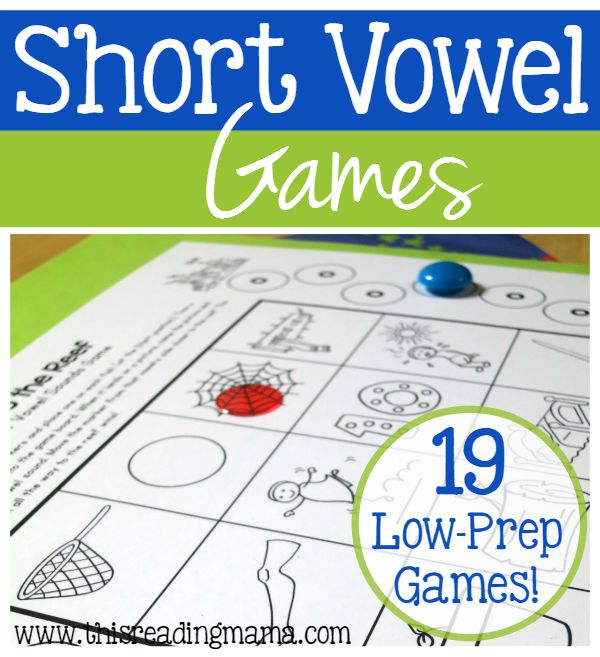
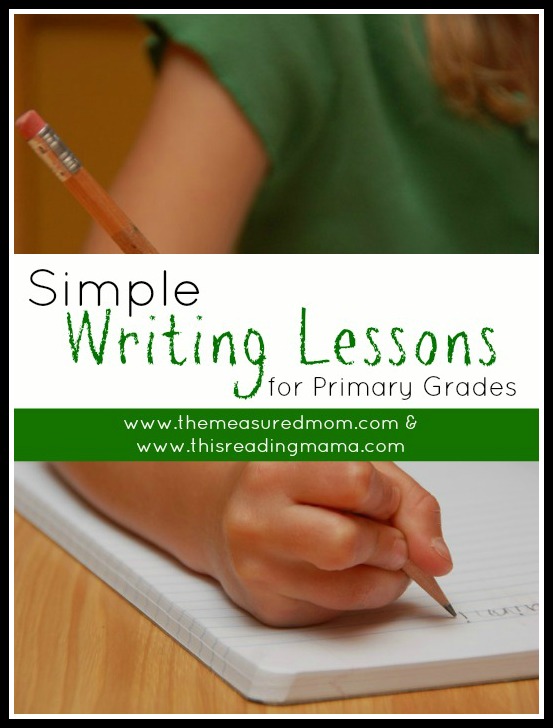
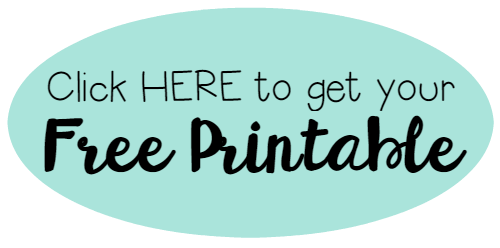
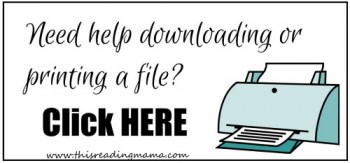
Leave a Reply